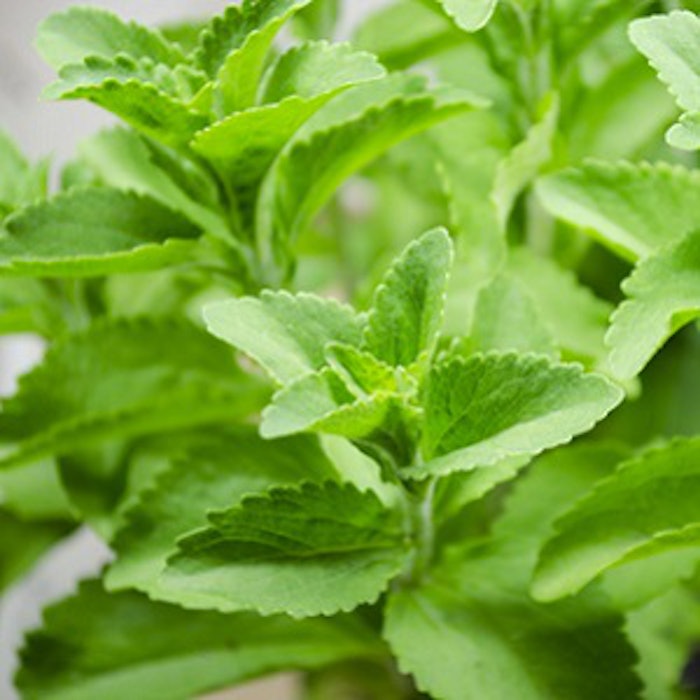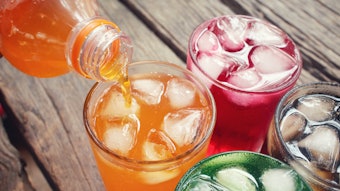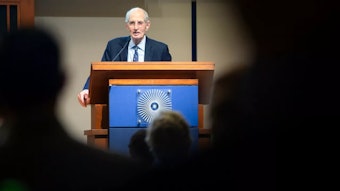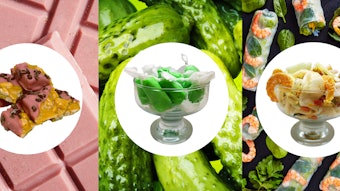
The US and global stevia markets topped $100 million and $500 million in 2009, respectively, and sales of stevia products (including standalone stevia products) may exceed $2 billion by 2011, according to a recent Mintel report, “Stevia and Other Natural Sweeteners.” The report adds that 11% of US survey respondents have already used stevia or purchased foods and beverages that contain the natural sweetener. Since the US Food and Drug Administration’s GRAS recognition of stevia extract rebaudioside A in 2008, flavor houses have launched a flurry of stevia-enhancing/ masking initiatives, particularly in the beverage category.
Comax Flavors’ masking technologies date back to the mainstreaming of soy milk, says Agneta Weisz, vice president of flavors and technologies.a “Everybody was launching soy milk beverages,” she says, “and they had this dry, green taste. The first masking flavor I made was soy masking flavor.” Since that time, the company has continued masking research technology and currently sells more than 20 types of masking flavors.
Troubleshooting Stevia in Beverages
As consumers continue to demand healthier beverages without sacrificing flavor and mouthfeel, stevia presents both a solution and multiple technical hurdles. “The product causes issues with taste and requires highly customized masking,” Weisz explains. “For best results we can’t make general masking. There are interactions among the aroma components, the taste components, the texture and other facets.” As a result, she says, a case-by-case solution is typically ideal and can involve solutions for several issues simultaneously—bitter blocking, acid reduction and caffeine masking. She adds that due to price constraints, most of the company’s stevia work has taken place in the beverage category.b










